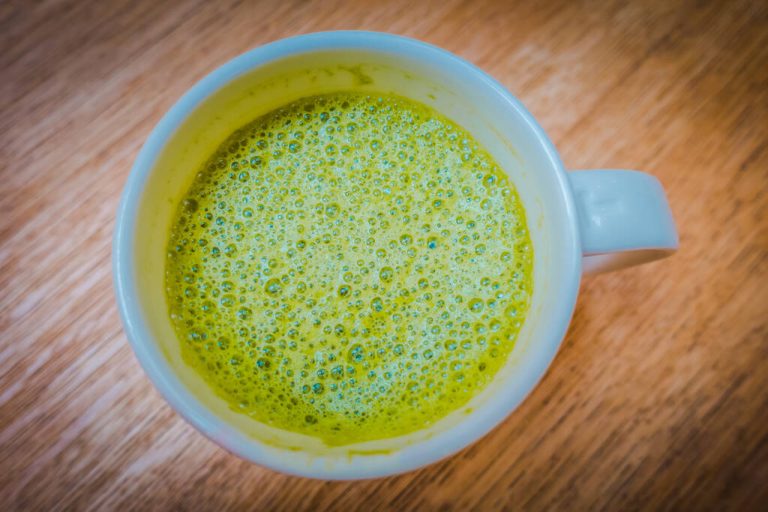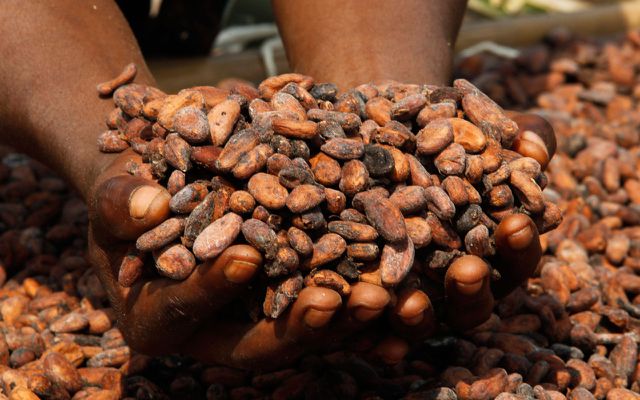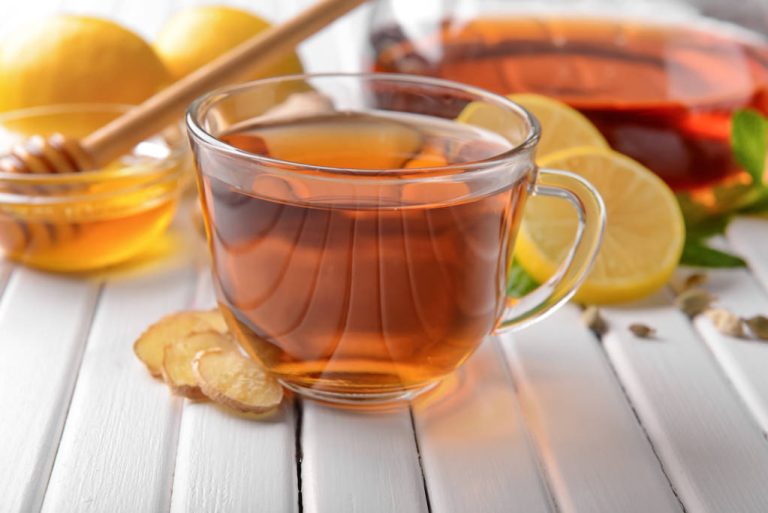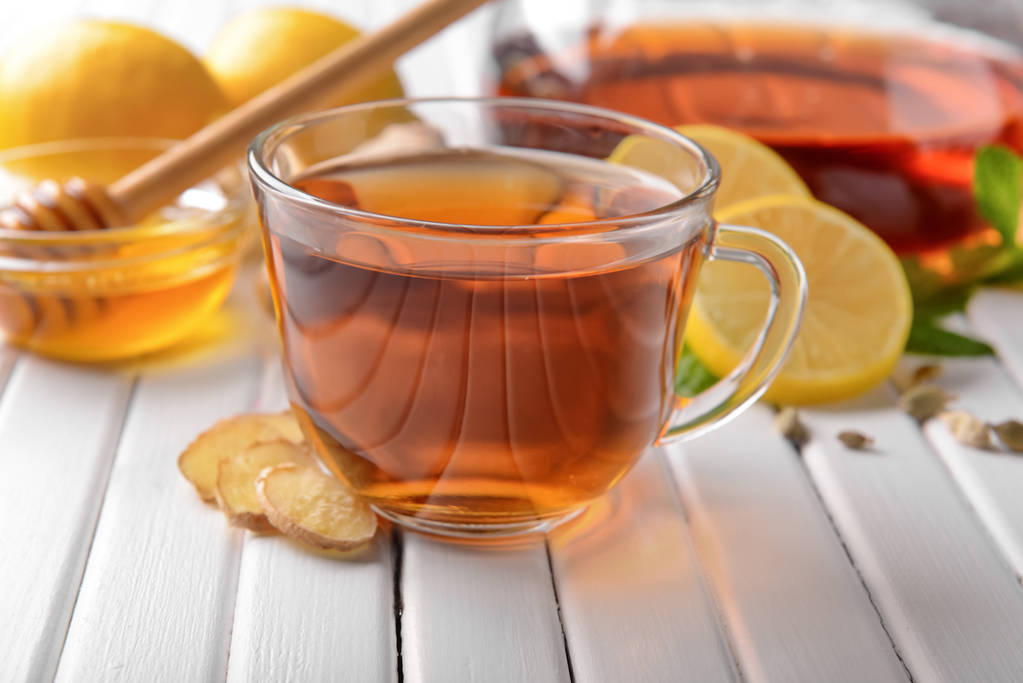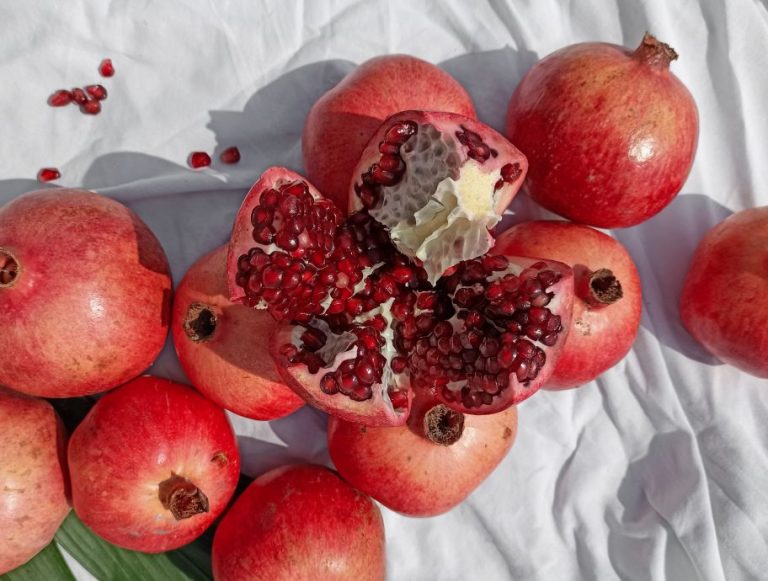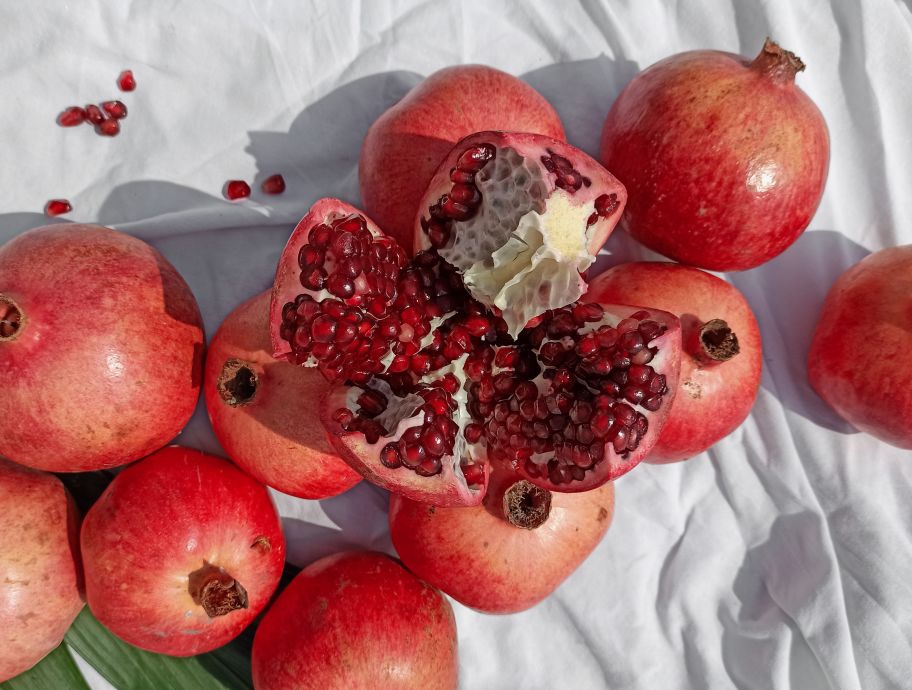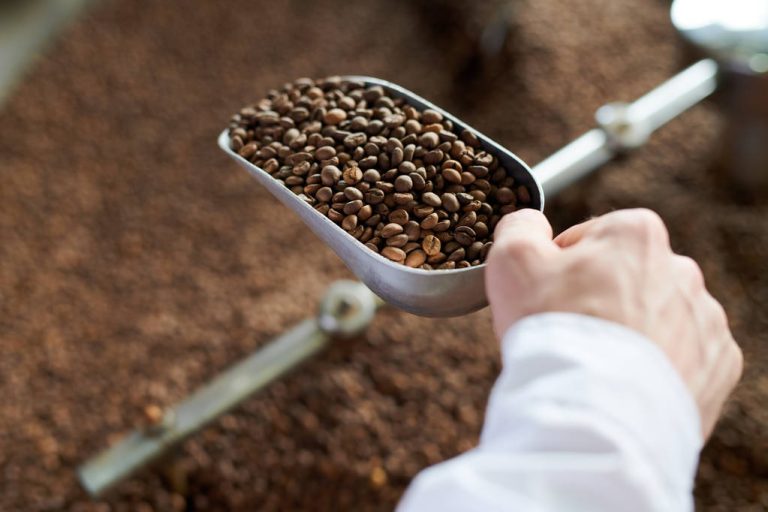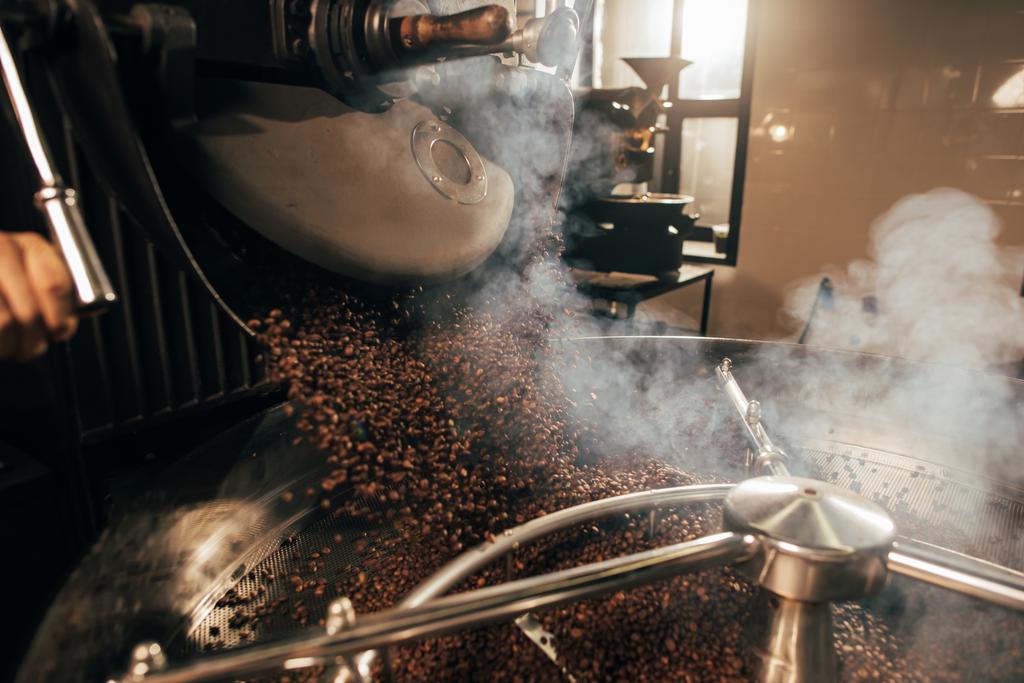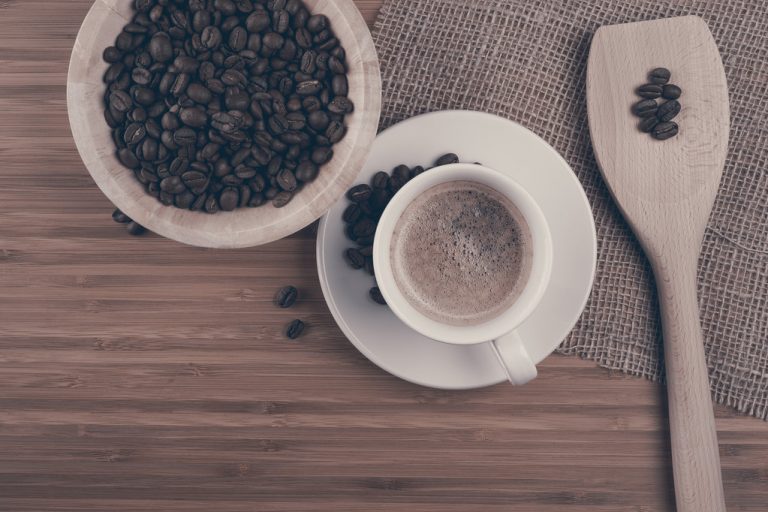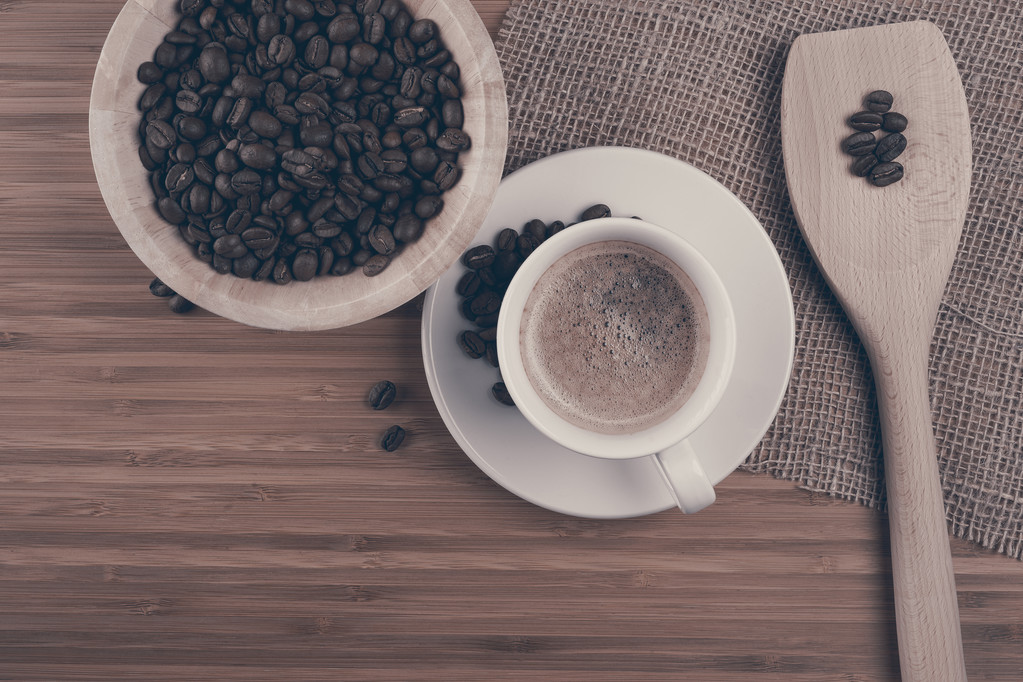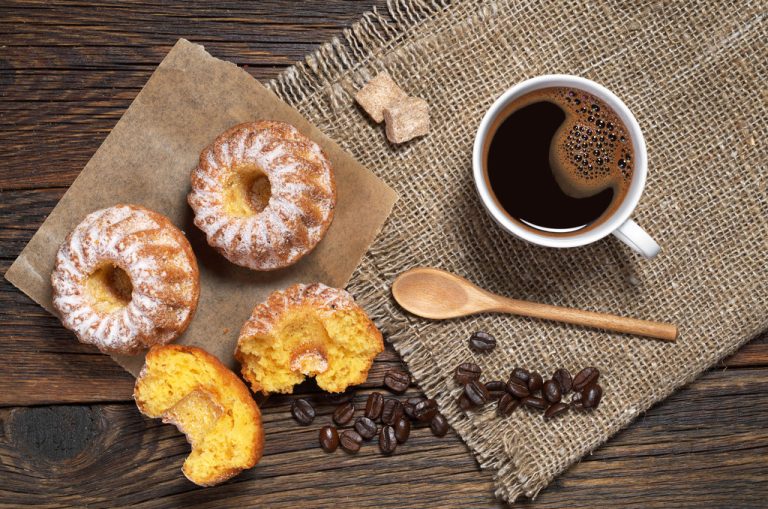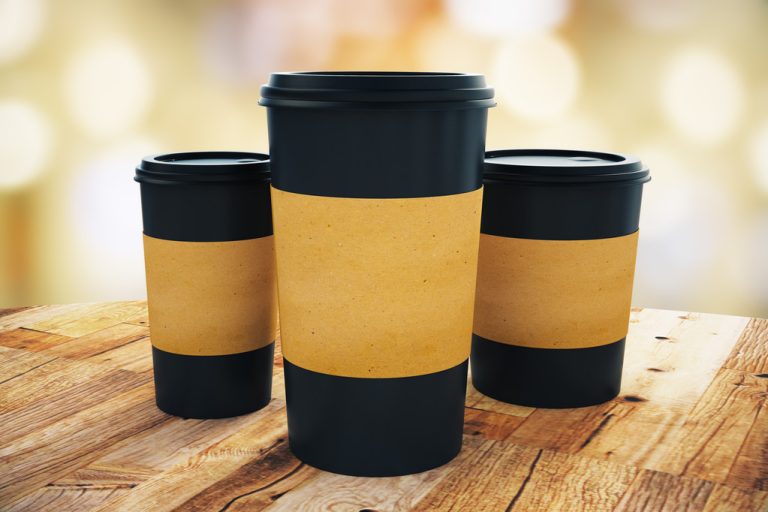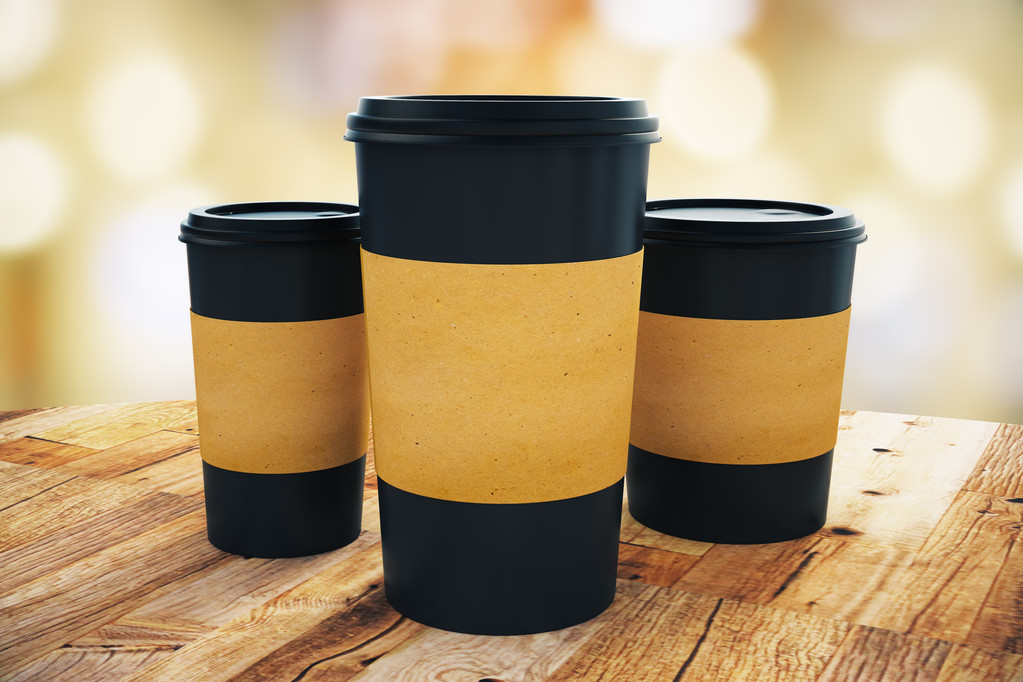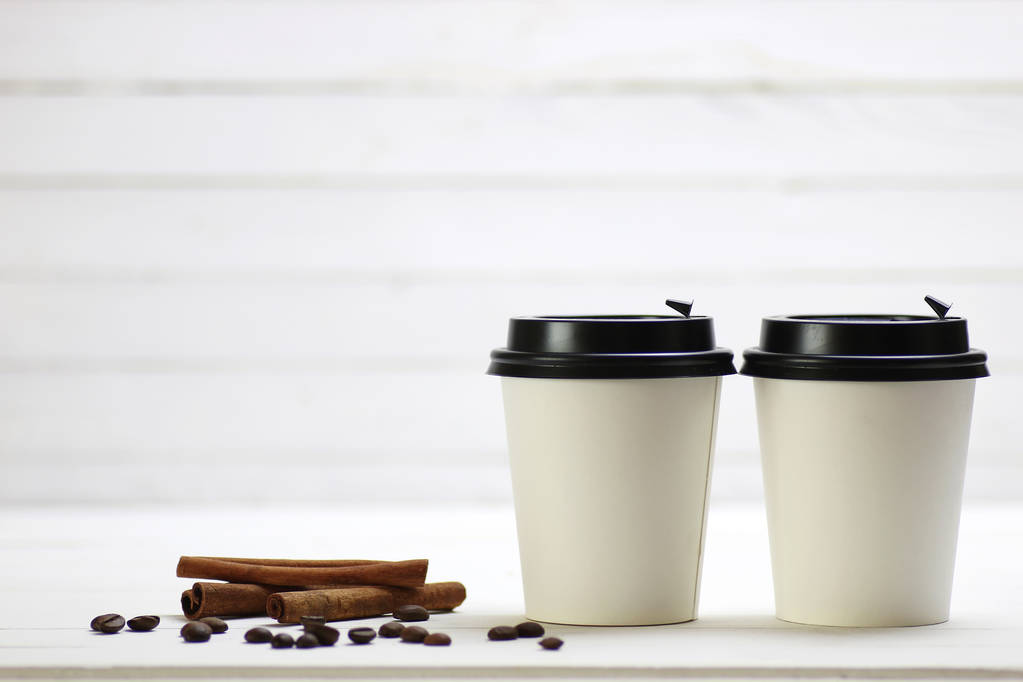Health with green tea can also look very different. A creation with milk foam helps a great taste experience and ensures more vitality.
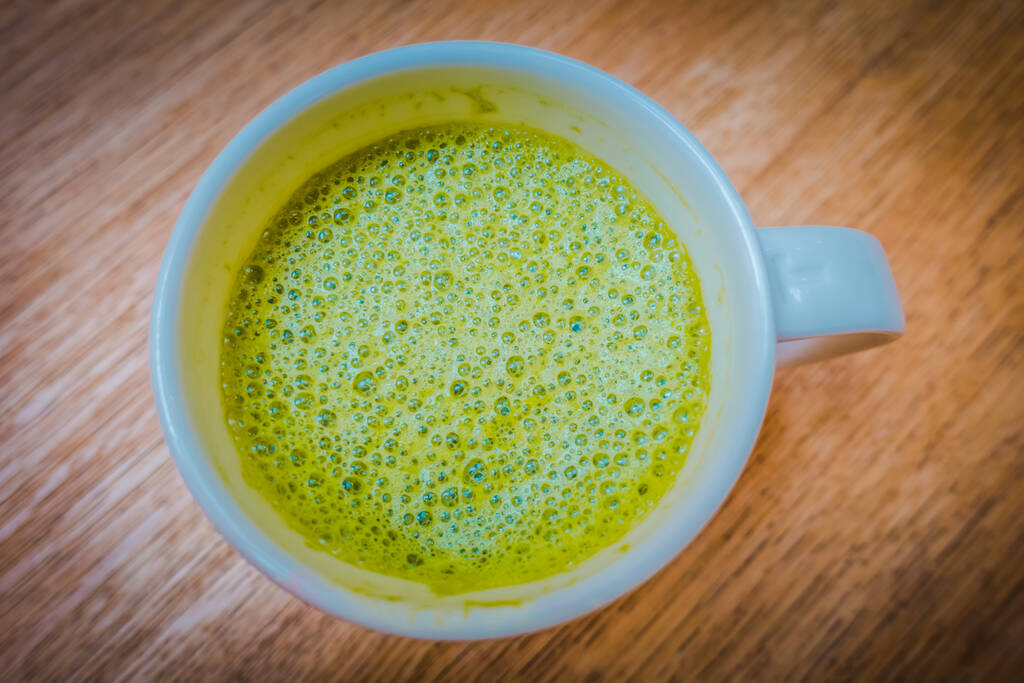
Matcha latte is more than just a trend drink. We show you how to prepare the perfect Matcha latte yourself.
The Matcha Latte is a variation of the Matcha tea. This is a traditional drink of Japanese culture. It consists of ground green tap leaves. Like so many of his colleagues, he also acts as a pick -me -up and refreshing health drink. The recipe for this is very similar to the latte macchiato – with the difference that the macchiato is a coffee and the Matcha is a tea. Even if coffee is usually anything but unhealthy, green tea is so convincing with a specially of vital and health -promoting ingredients.
The Matcha latte is celebrated by its lovers as a real miracle drink. He should not only promote health and ensure a slim figure, but also prevent diseases with regular consumption. As with every new trend drink, the rumor mill is of course heavily fueled and therefore not every word should be given faith. On closer inspection, however, the Matcha Latte actually convinces with some health advantages. In addition to the perceptible effect, these are also proven by scientific studies. The green tea plant therefore has real potential when it comes to improving our health. But what exactly is behind the drink and how is it prepared? In the following we give you a suitable recipe and clarify the positive effects of Matcha tea.
The perfect recipe for a Matcha latte
A enjoyable Matcha latte is in no way inferior to a latte macchiato. Of course, the tastes differ, but in terms of quality, a good alternative is offered here. A Matcha latte is prepared quite quickly and easily. We explain how.
The ingredients and materials:
½ TL Matcha powder
150 ml of water
150 ml plant milk (soy milk, almond milk or oat milk is often used here)
Kettle or pot
Milk frother/whisk
Heat -resistant glass or another container
We will give you a precise approach for the preparation. Of course, you can of course also vary with the quantities of the recipe so that you can create your personal favorite taste.
Step-by-step instructions:
At the beginning you have to heat the water to approx. 80 degrees Celsius. A simple kettle or a saucepan is sufficient for this.
Put the Matcha powder in any container and stir the powder with two tablespoons of cold water. This means that the flavors can dissolve better.
Next, take your plant milk (by the way: vegan and naturally lactose -free) and warm them up.
Now the Matcha powder is mixed with the hot water, with most Matcha lattes containing more milk than water. Here you should definitely experiment a little around here.
In the last step we foam the milk, pour it into a heat -resistant beverage ratio and finally add the Matcha tea – the Matcha latte is ready.
Of course, you are welcome to try it out with the recipe. In addition, the Matcha latte can be embellished with small encores such as cookies or something homemade. Incidentally, sweeteners do not need to notice – tea and milk are very cute from the ground up.
This is how the green tea Matcha acts on our body
The Matcha tea differs from conventional tea primarily thanks to its special combination of ingredients. First of all, tea and caffeine stands out. The two equivalent substances get the body cycle going and increase the ability to concentrate. The mood increases automatically and you get into a guards and active state.
In addition to tea, theanin is also included in the Matcha latte. This rare amino acid occurs in high doses and increases, the reaction and absorption capacity. Through strokes, Parkinson’s and Alzheimer’s diseases inhibits-a real miracle cure inhibits theater. Of course, proteins should not be missing either. These donate strength and fill up the energy balance. This not only strengthens the immune system, but also the metabolism.
With an ingredient, the trend drink also gives itself a decisive advantage over a coffee specialty. Even if both drinks have an exposure to the caffeine, the encouraging effect in the Matcha continues significantly longer. This owes the drink primarily to the so -called tannin. This binds to the tea and mitigates and delays its effect. So the agitator effect does not hit too unexpectedly and lasts longer. After consuming a Matcha latt, you therefore feel concentrated and awake for a long time without needing supplies after a short time. The tannin also calms the gastrointestinal tract and prevents infections.
In addition to all these surprising ingredients, the Matcha tea can also come up with calcium, iron and potassium. These fabrics strengthen bone construction and cardiovascular system, support oxygen transport, cell functions and energy metabolism and provide trace elements for muscle and nerve functions.
However, the list of health highlights still does not stop here. There are also many vitamins in the Matcha latte – vitamin B1, vitamin C, carotene and vitamin B2. These also supply our body with new energy. Finally, the bitter substances of the matcha should be called, the catechin. These make up around 40 % of the dried leaves and protect against pathogens.
The alternative to coffee
The question of why Matcha Latte is a good alternative is answered very differently. First of all, this is of course a tasteful tea drink – vegan, lactose -free and super enjoyable. So if you don’t like coffee, you have a great alternative solution on your hand. Furthermore, the stimulating effect would of course be called. With an espresso, it occurs very suddenly and disappears again after a short time. Matcha tea convinces with a lighter effect that also appears less aggressively. Conveniently, the caffeine effect lasts for tea much longer. The Matcha Latte enjoys a better reputation as a guard. Of course, Matcha also includes many healthy ingredients as green tea – here, too, the coffee cannot quite keep up.
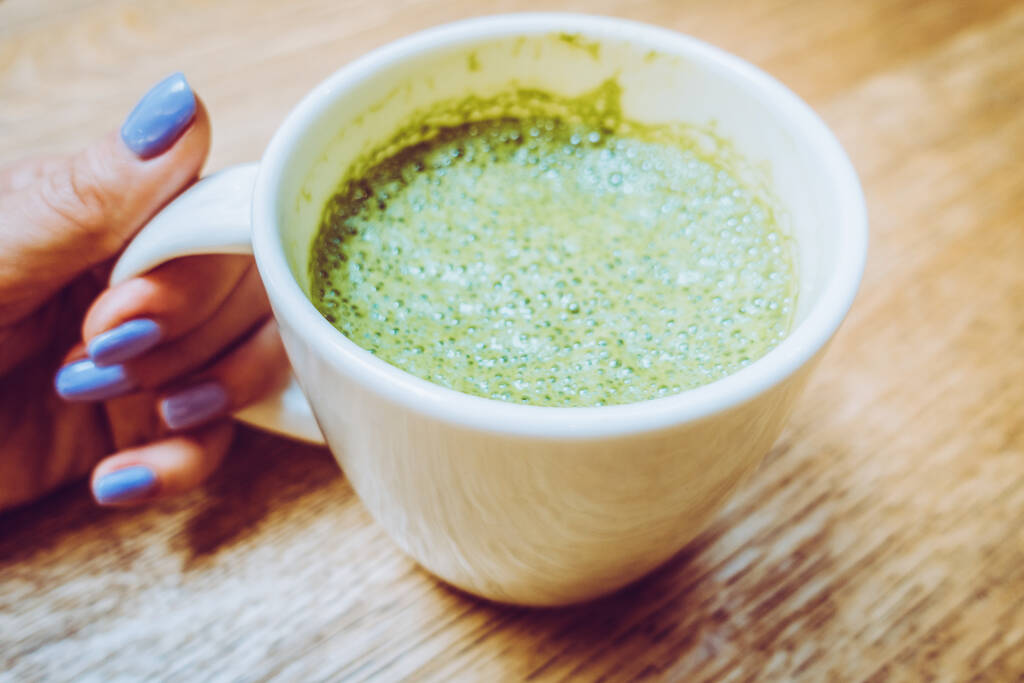
Matcha latte: enliven health
If you have enough of coffee or just want to try something else, this drink is well served. The green tea with milk foam topping not only looks healthy, but is also. In terms of taste, it convinces across the board and can hand the water to his competitor, the latte macchiato. With the Matcha latte, you rely on more vitality and a great taste experience.

